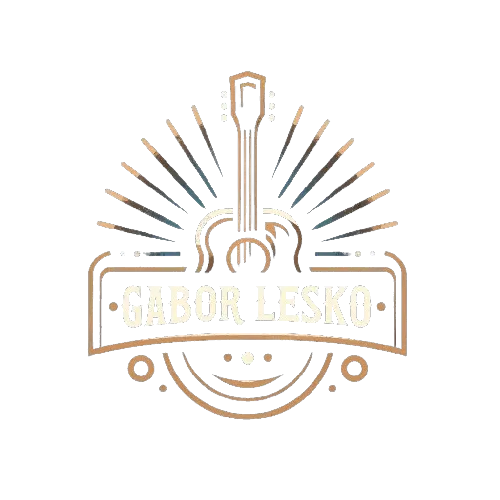What Instruments are Used in Jazz?
Jazz is a living fire of musical improvisation, where melody and rhythm merge in a magical dance of sounds. Not only is this genre part of the world’s cultural heritage, but it is also a marvelous musical world filled with a variety of instruments. In this article, we will delve into this unique arsenal that creates an unparalleled jazz atmosphere.
Saxophone

The saxophone is the king of jazz, an instrument that embodies the very essence of the genre. With its rich timbre, deep emotional expression and capacity for boundless improvisation, the saxophone has become an integral part of the musical landscape of the jazz scene.
History of the Saxophone in Jazz
The saxophone was invented by Adolphe Sax in the mid-19th century, but its real fame came in jazz. In the early 20th century, the saxophone became a key instrument in the jazz orchestras of New Orleans and Chicago. Musicians such as Coleman Hawkins, Lester Young, and John Coltrane made the saxophone the instrument of choice for jazz improvisations.
Emotional Expression
The saxophone is capable of conveying a wide range of feelings and emotions due to its flexible timbre. From melancholy and sadness to joy and elation, the saxophone embodies it all in its sound. Its ability to be expressive makes it the perfect instrument for creating a deep emotional connection with an audience.
Improvisation
One of the main features of jazz is improvisation, and the saxophone is a virtuoso at it. The freedom of expression that the saxophonist is given by his instrument allows him to bring unique ideas and melodies to each performance. Improvising on the saxophone opens the door to a world of endless musical possibilities.
Types of Saxophones in Jazz
Saxophonists in jazz often use different types of saxophones such as soprano, alto, tenor, and baritone, each with its own unique sonic character. The soprano saxophone has a bright, piercing sound, while the tenor and alto can create deeper, richer timbres. The baritone has a soft, velvety sound, adding a special flavor to jazz compositions.
Saxophone in Modern Jazz
The saxophone continues to play an important role in modern jazz. Young talented musicians continue to experiment with this instrument, adding new elements to its sound and injecting fresh energy into classic jazz standards.
Trumpet in jazz
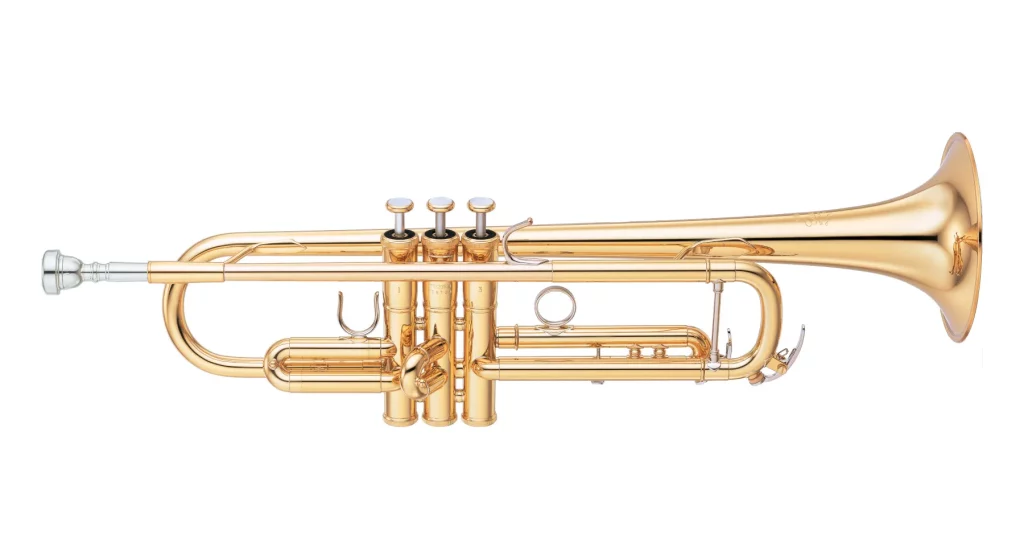
The trumpet is the fiery symbol of jazz, an instrument that merges with the living soul of the genre with impeccable power and harmony. Its bright, piercing sound and endless possibilities of expression make it an integral part of the musical landscape of the jazz scene. Let’s delve into the world of the trumpet and explore its great uses in jazz.
History of the Trumpet in Jazz
The trumpet played a key role in the formation of jazz in the early 20th century. It was one of the leading instruments in the orchestras of New Orleans, where the sounds of the trumpet entered into the very spirit of this musical movement. Musicians such as Louis Armstrong, Dizzy Gillespie and Miles Davis turned the trumpet into a symbol of jazz improvisation and innovation.
Energy and drive
The trumpet gives jazz a fiery energy and drive. Its sound pierces the hearts of listeners, whether it is virtuoso solos or powerful chords in orchestral compositions. The trumpet creates an atmosphere filled with drive and emotional tension, making us absorb every note in our souls.
Characteristic sound
The trumpet has its own unique sonic character that makes it unique among other instruments. From bright, piercing high notes to deep and rich bass, the sound of the trumpet makes us swoon with delight and admiration.
The trumpet in jazz is not just an instrument, it is a source of inspiration and power. Its sound fills our hearts with passion and emotion, creating musical landscapes that stay with us forever. In the world of jazz, the trumpet is not just an instrument, it is a symbol of the majesty and depth of the music.
Keyboard Instruments
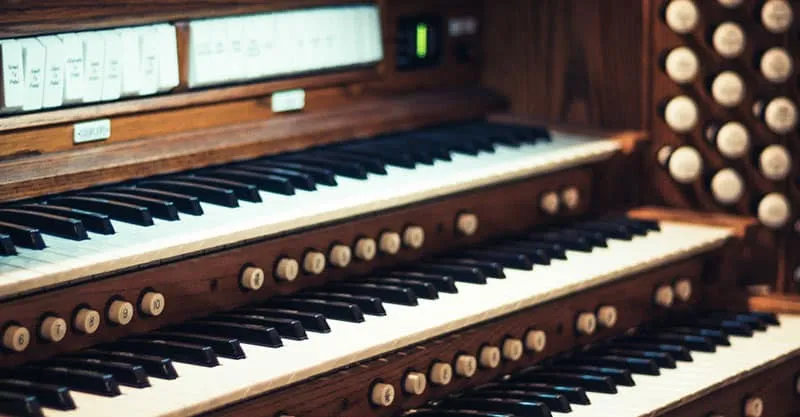
Keyboard instruments are an indispensable part of the jazz music world. From the piano to the organ, these instruments add harmony, melody and rhythm to the vibrant structure of this marvelous genre. Let’s dive into the world of keyboards and explore their varied uses in jazz.
Piano: Harmony and Improvisation
The piano is a staple instrument in the world of jazz. Its versatile nature allows it to play the role of both solo instrument and accompaniment in groups. Pianists in jazz are known for their virtuosity and technique, as well as their ability to improvise deeply. They create complex harmonies, arpeggios, and chords that give jazz compositions a special flavor.
Organ: Special Atmosphere and Harmonics
The organ is another keyboard instrument that plays an important role in jazz. Its powerful bass, crystalline pitches, and special atmosphere give jazz compositions a unique character. Organists have a knack for creating deep and rich soundscapes that make us immerse ourselves in a world of musical fantasy.
Virtuosity and Technique
Keyboard instruments in jazz require a high degree of virtuosity and technical skill. Musicians must be able to interact with other instruments and musicians to maintain rhythm and harmony. Their ability to play solo and in a group and their ability to improvise make them an integral part of the jazz atmosphere.
Elegance and Refinement
Keyboard instruments add elegance and sophistication to jazz. Their smooth phrases, characterized by melodic lines on the keys, create an atmosphere of romance and sublimity. They can be both a soft background for peaceful compositions and bright accents in more dynamic works.
New Sounds and Experiments
In modern jazz, keyboard instruments continue to evolve and bring new sounds and ideas to the genre. Young pianists and organists are exploring different styles and directions, adding fresh elements to jazz and experimenting with the sound of keyboards.
Keyboard instruments in jazz are not just sounds, they are emotions, passions and inspiration. They create musical landscapes that transport us to a world of dreams and fantasies. Their magic stays with us forever, reminding us of the splendor and sophistication of jazz music.
Contrabass
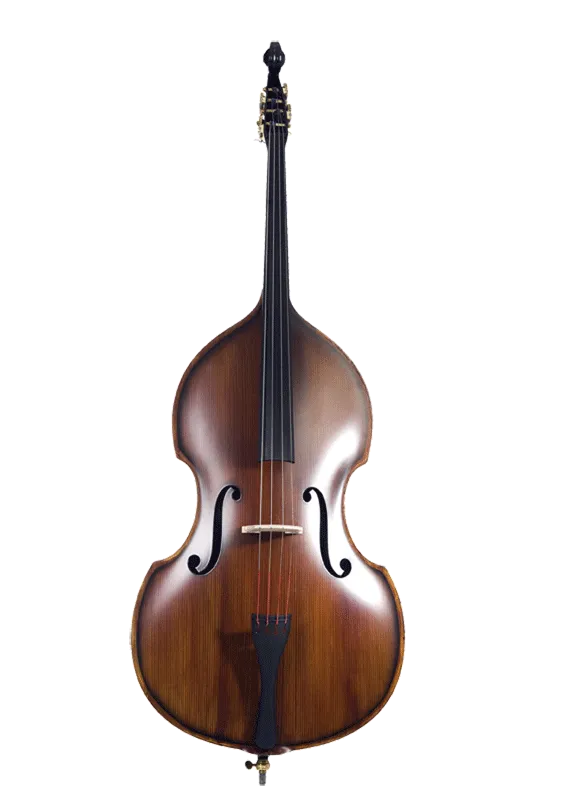
The double bass is the heart of rhythm and the soul of harmony in the world of jazz. Its deep, powerful bass gives compositions a jazz texture and unique character. In this article, we will explore the greatness of the double bass and its important use in jazz music.
History of the Contrabass in Jazz
The double bass has been an integral part of jazz music since its inception in the early 20th century. It was one of the primary instruments in the rhythm section of New Orleans orchestras and quickly became an essential component in all jazz bands. Musicians such as Ray Brown, Charles Mingus, and Ron Carter made the double bass one of the most recognizable sounds in jazz.
The foundation of Rhythm and Harmony
The double bass plays a key role in creating rhythm and harmony in jazz. Its bass lines define the foundation of the composition, providing stability and direction for the rest of the musicians. Contrabassists create harmonies that support the melodies and solos of the other instruments, giving them added depth and beauty.
Expression and Improvisation
Although the double bass usually plays the role of a rhythmic instrument, it is also capable of improvisation and expression. Contrabassists can add different variations, phrases, and articulations to their bass lines, which gives their playing a unique character and style. Their ability to improvise makes them an integral part of jazz sessions and jam sessions.
Depth and Texture of Sound
The contrabass has a unique depth and warmth of sound that gives jazz its characteristic atmosphere. Its bass notes create a dense and rich texture that fills a space with sound and holds the listener’s attention. The sound of the double bass gives jazz compositions a special flavor and emotional depth.
Contrabass in jazz is not just an instrument, it is a source of rhythm and harmony, depth and expression. Its sound envelops us with its magic, transporting us to a world of musical fantasy and inspiration. The greatness of the double bass stays with us forever, reminding us of its unrivaled role in the world of jazz.
Percussion instruments
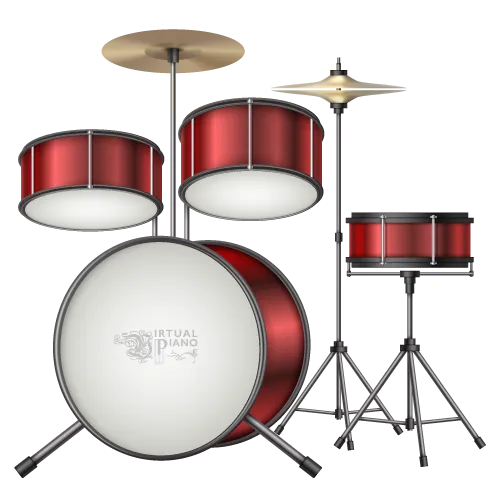
Percussion instruments play a vital role in creating the distinctive sound and unique atmosphere of jazz. They not only determine the rhythm and tempo of the composition, but also add dynamics, energy and expression to the performance. Let’s take a look at the splendor and diversity of percussion instruments in the world of jazz.
Drums: The foundation of rhythm
Drums are the heart of the rhythm section in a jazz band. The percussionist creates the basic rhythm, including drum beats, metronomic shakers, and other percussion elements. His rhythmic figures and variations provide the foundation for the other instruments, giving compositions a lively and pulsating energy.
Percussion: Adding Color
Percussion instruments such as the triangle, xylophone, castanets, and djembe add color and texture to the sound of jazz. They give compositions unique sound effects and arrangements, expanding the sonic range and possibilities of the rhythm section. Percussion gives jazz music a richness and variety of sound.
Energy and dynamics
Percussion instruments bring energy and dynamics to a jazz performance. They emphasize rhythmic accents and create a groove and drive that keeps us moving to the beat of the music. The percussion adds liveliness and enlivens the compositions, making them more exciting and dynamic.
Improvisation and Solo
Percussion can also play an important role in improvisation and solo performances. The percussionist can create interesting and original rhythmic phrases and solos, adding their own style and expression to the performance. Their technique and virtuosity bring variety and inspiration to jazz improvisations.
Percussion in Modern Jazz
Percussion instruments in modern jazz continue to evolve and experiment. Many percussionists and percussionists combine different styles and influences in their playing to create unique and innovative sounds. Their creative approach to rhythm and texture makes them an integral part of today’s jazz scene.
Percussion instruments are more than just a rhythmic foundation in jazz, they are a source of vibrant energy and creative inspiration. Their sounds create musical landscapes that fill us with joy and delight. In the world of jazz, percussion instruments are an integral part of its soul and living pulse.
Guitar in Jazz: The Magic of Chords and Boundless Expression
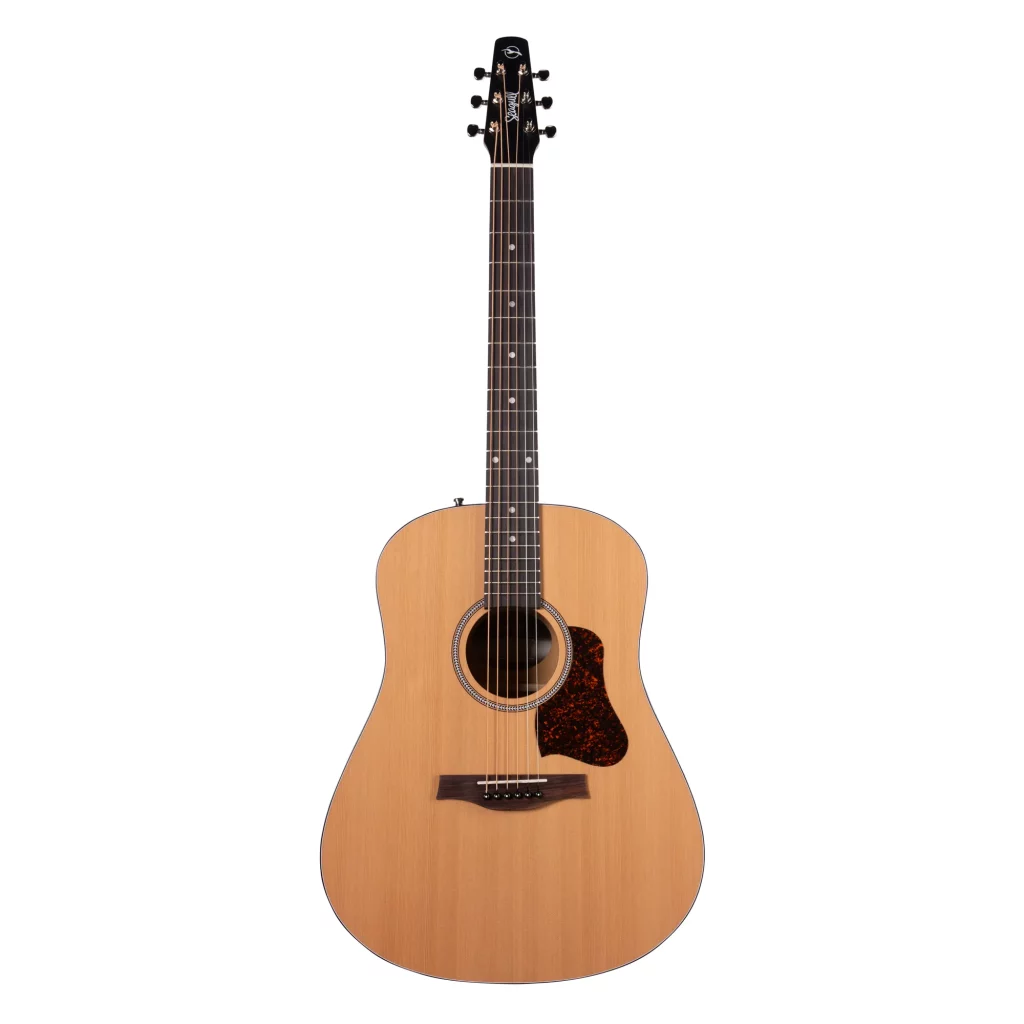
The guitar is one of the most versatile and popular instruments in the world of music. It plays a special role in jazz, giving compositions a distinctive sound and a unique atmosphere. Let’s take a look at how the guitar is used in jazz and what contributions it makes to this amazing genre.
History of Guitar in Jazz
The guitar entered the world of jazz in its early days, and has been an integral part of the genre ever since. In the early 20th century, guitarists such as Django Reinhardt and Charlie Christian became icons of jazz guitar, setting the standard for generations of musicians to follow.
Chord Harmony.
The guitar is often used in jazz to play chordal harmony. Its ability to create rich and complex harmonic structures makes it an indispensable instrument in arranging and accompaniment. Guitarists can vary chords, add extensions and substitutions, creating interesting and rich sound palettes.
Solo and Improvisation
In jazz, the guitar is also often used for soloing and improvisation. Guitarists can create stunning melodies and phrases, expressing their feelings and ideas through the sounds of the instrument. Their playing technique and ability to improvise make them an integral part of jazz ensembles and jam sessions.
Rhythm Section and Comping
The guitar often plays an important role in the rhythm section of a jazz band. The technique of “comping” (chordal accompaniment) allows guitarists to maintain the rhythmic pulse and harmonic structure of the composition. Their playing provides additional groove and direction for the other instruments.
The guitar in jazz is not just an instrument, it is a source of inspiration and creativity. Its sound creates musical landscapes, filling us with joy and delight. The splendor of the guitar stays with us forever, reminding us of its important role in the world of jazz music.
Conclusion
Instruments play a crucial role in shaping the unique sound and atmosphere of jazz. From the bright and exciting magic of the trumpet to the deep and emotional romance of keyboard instruments, each sound creates a piece of the musical puzzle that makes us rapturously marvel. The percussion keeps the rhythm lively, the double bass exquisitely complements the harmony, and the guitar adds energy and expression. Together they create soulful and unique musical landscapes, transporting us to a world of passion, inspiration and endless creative possibilities. In their sounds we find a reflection of the very soul of jazz – freedom, improvisation and eternal elegance.
FAQ
-
Who invented the saxophone?
The saxophone was invented by Adolf Sachs in the mid-19th century
-
Are keyboard instruments used for jazz?
Keyboard instruments are an integral part of the jazz music world. From piano to organ, these instruments add harmony, melody and rhythm to the vibrant structure of this marvellous genre.
-
What percussion musical instruments are used in jazz?
Percussion instruments such as the triangle, xylophone, castanets and djembe add colour and texture to the sound of jazz.
